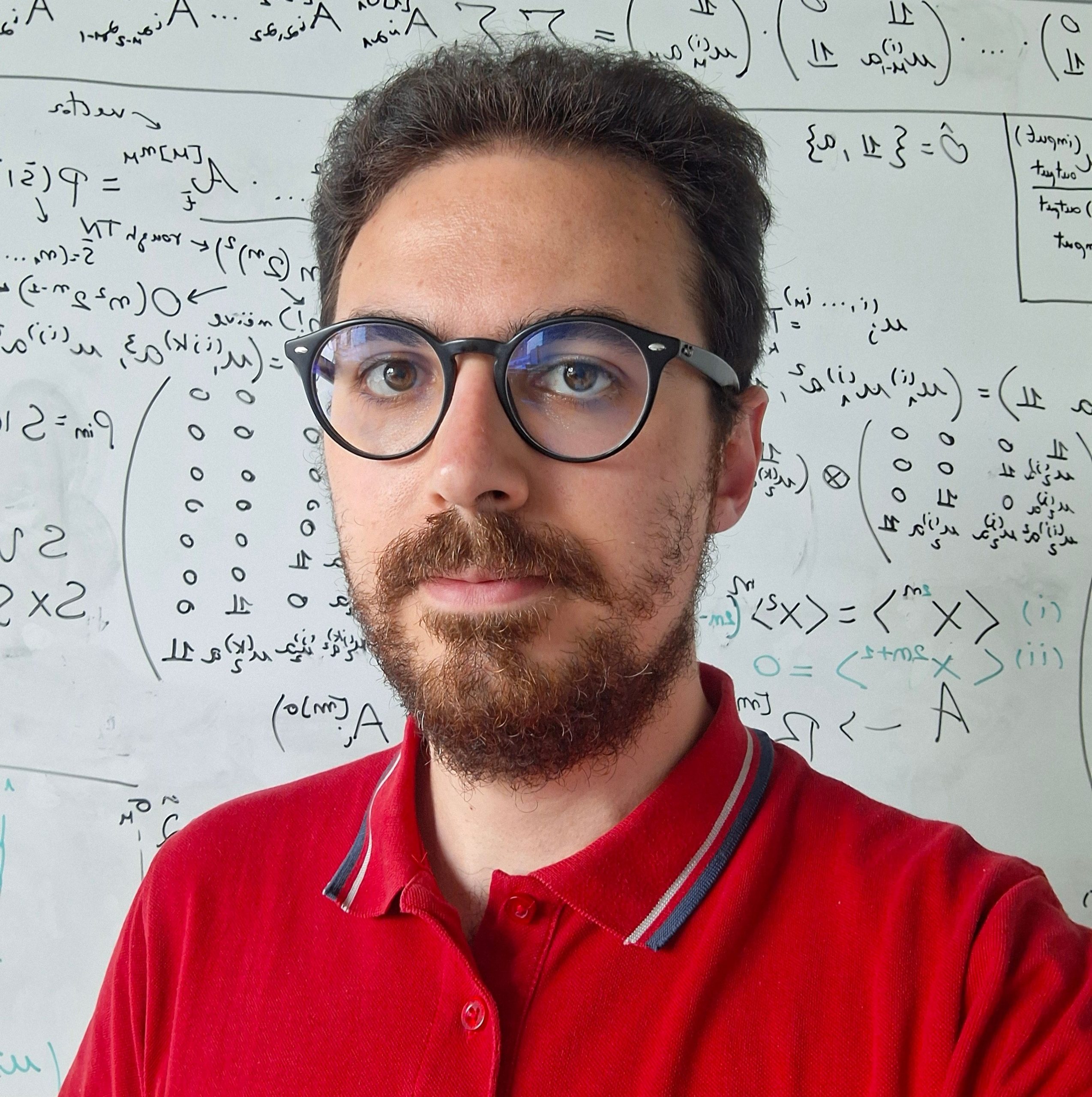Physicists from the Universities of Luxembourg and Ulm have investigated the properties of chiral giant atoms in waveguide quantum electrodynamics.
Giant atoms in waveguide quantum electrodynamics are artificial atoms (e.g., superconducting qubits) coupled at multiple spatially separated points to a waveguide. This regime induces already remarkable phenomena, such as single-atom non-exponential emission and decoherence-free interaction between many giant atoms.
The nonlocal nature of their couplings offers the possibility of introducing an artificial magnetic field through complex atom-waveguide couplings. This technology allows the fabrication of ‘chiral’ giant atoms, that is, systems which break time-reversal symmetry and are able to undergo directional emission.
In their study, Dr. Federico Roccati, posdoctoral researcher at the University of Luxembourg and now Fulbright Fellow at Columbia University (thanks to the prestigious scholarship he received in 2023) and Dr. Dario Cilluffo, postdoctoral researcher at Ulm University, found a remarkable feature of chiral giant atoms: by tuning the complex phases of the atom-waveguide couplings, it is possible to control the Markovianity of atomic emission.
Remarkably, they found an optimal phase configuration for which a giant atom undergoes spontaneous emission regardless of the distance between the coupling points (which, in the standard case, controls the Markovianity). In turn, the effect showcased in their study shows that the defining feature of giant atoms is the non-local nature of their couplings, rather than their non-Markovian character.
Publication: “Controlling Markovianity with Chiral Giant Atoms“, Physical Review Letters, August 2024


